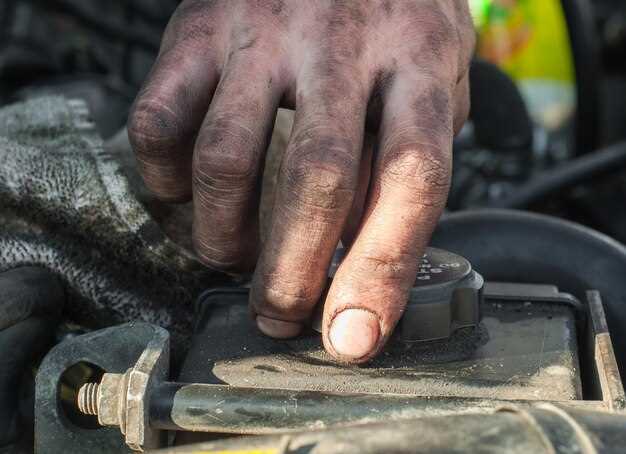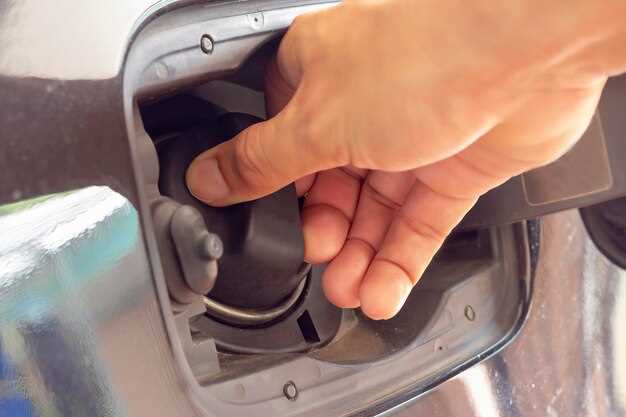How to replace a Jeep fuel pump


Maintaining your Jeep’s fuel system is crucial for optimal performance and reliability. One of the key components of this system is the fuel pump, which is responsible for delivering fuel from the tank to the engine. Over time, the fuel pump can wear out, leading to issues such as poor engine performance, difficulty in starting, or even complete engine failure.
Replacing the fuel pump can seem daunting, but with the right guidance and tools, it becomes a manageable task. This step-by-step guide will help you understand the process, ensuring that you are well-equipped to tackle the replacement of your Jeep’s fuel pump. By following these instructions, you’ll not only save money on labor costs but also gain valuable hands-on experience with your vehicle’s fuel system.
In this guide, we will cover everything from the tools you need to how to safely disconnect the current fuel pump and install the new one. Whether you’re a seasoned mechanic or a DIY enthusiast, our clear and detailed instructions will lead you through each step of the process, allowing you to restore your Jeep’s fuel system to its full potential.
Identifying Symptoms of Fuel Pump Failure in Your Jeep

Recognizing the signs of fuel pump failure in your Jeep is crucial for avoiding further damage to the fuel system. One of the initial symptoms to watch for is difficulty starting the engine. If the vehicle struggles to turn over or requires multiple attempts to start, it may indicate that the fuel pump is not delivering adequate fuel.
Another clear sign is engine sputtering or stalling while driving. If your Jeep experiences a loss of power or suddenly stops running, it could mean that the fuel pump is failing to supply consistent fuel pressure. This symptom often presents itself during acceleration or when climbing steep inclines.
You may also notice a decrease in fuel efficiency. If your Jeep starts consuming more fuel than usual with no other apparent reason, this can be a symptom of a malfunctioning fuel pump affecting the overall performance of the fuel system.
Additionally, listen for unusual noises coming from the fuel tank. A whining or groaning sound can indicate that the fuel pump is struggling to operate properly. It’s important to address this issue promptly, as it could lead to complete fuel system failure if left unchecked.
Lastly, check for any warning lights on your dashboard. The check engine light may illuminate if the fuel pump is failing to maintain pressure or if there are other related issues with the fuel system. Taking these signs seriously will help ensure that you can address fuel pump problems before they lead to inadequate performance or damage to your Jeep.
Tools and Parts Required for Fuel Pump Replacement

Replacing a fuel pump in your Jeep involves specific tools and parts to ensure a successful operation and to prevent system failure. Below is a detailed list of what you will need for this task.
Essential Tools:
- Socket Set: A comprehensive socket set will help you remove bolts securing the fuel pump assembly.
- Wrench Set: Adjustable wrenches are necessary for fittings and hoses connected to the fuel pump.
- Fuel Line Disconnect Tool: This tool is crucial for safely disconnecting fuel lines without causing damage or leaks.
- Flathead and Phillips Screwdrivers: These will help you remove any screws and clips that may be holding the pump in place.
- Jack and Jack Stands: If your Jeep is not elevated, a jack is necessary to lift it safely, along with stands for additional support.
- Torque Wrench: This ensures that all bolts are tightened to the manufacturer’s specifications, reducing the risk of system failure.
- Wire Cutters/Strippers: You may need these for any electrical connections associated with the pump.
- Safety Glasses and Gloves: Protect your eyes and hands from fuel exposure and potential debris.
Required Parts:
- New Fuel Pump: Ensure you purchase a pump that is compatible with your Jeep model for optimal performance.
- Fuel Filter: Replacing the fuel filter at the same time as the pump is advisable to maintain a clean fuel system.
- O-Rings and Gaskets: These seals are crucial for preventing leaks during the installation of the new pump.
- Electrical Connectors: In some cases, new connectors for wiring may be needed to ensure a secure and reliable connection.
- Fuel Line Hoses: Inspect and replace any damaged hoses to prevent future leaks and ensure proper fuel flow.
Having all the necessary tools and parts at hand will streamline the replacement process, minimize downtime, and help avoid system failures in the future.
Detailed Procedure for Removing and Installing the Fuel Pump
Removing and installing the fuel pump in your Jeep involves several critical steps to ensure proper functionality and to avoid any potential failure in the future. Follow this detailed procedure for a successful operation.
1. Gather Necessary Tools and Materials:
Before starting, make sure you have the following tools on hand: a socket set, a fuel line disconnect tool, pliers, a screwdriver, and a clean cloth. Additionally, obtain a replacement fuel pump that is compatible with your Jeep model.
2. Relieve Fuel System Pressure:
To prevent fuel spray and potential hazards, relieve the fuel system pressure. Locate the fuel pump relay in the fuse box and remove it. Start the engine and allow it to run until it stalls. This ensures the pressure is relieved from the fuel lines.
3. Disconnect the Battery:
For safety reasons, disconnect the negative terminal of the battery to prevent any electrical shorts or sparks during the removal process.
4. Access the Fuel Pump:
The fuel pump is typically located in the fuel tank. Remove any protective covers, if applicable, to access the tank. If you’re working on an older Jeep model, you may need to lower the tank to reach the fuel pump assembly.
5. Disconnect Fuel Lines:
Using the fuel line disconnect tool, carefully detach the fuel lines connected to the pump. Have a cloth ready to catch any residual fuel. Be cautious and always work in a well-ventilated area to avoid inhaling fumes.
6. Remove the Fuel Pump Assembly:
Locate the retaining ring or screws that secure the fuel pump assembly in place. Using the appropriate tools, carefully remove these components. Lift the assembly out of the fuel tank, taking care not to damage the fuel gauge sender if it is part of the assembly.
7. Install the New Fuel Pump:
Take the new pump and carefully position it into the fuel tank. Ensure that it aligns correctly with the connectors. Secure it in place with the retaining ring or screws that were removed earlier.
8. Reconnect Fuel Lines:
Reconnect the fuel lines to the new fuel pump, ensuring they are tightly secured to prevent fuel leaks. Check for proper alignment before pushing the connectors into place.
9. Reconnect the Battery:
Once the pump is installed and all connections are secure, reconnect the battery’s negative terminal.
10. Test the New Pump:
Turn the ignition key to the “On” position without starting the engine to allow the fuel pump to prime. Listen for the fuel pump operation and check for any fuel leaks around the connections. Start the engine and monitor its performance.
Following these steps diligently will help you successfully remove and install the fuel pump, thereby ensuring your Jeep operates efficiently without fuel delivery failures.
